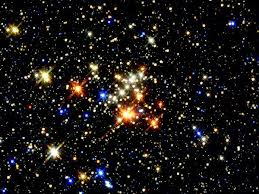The New Yorker magazine reports this month on the appearance of drug resistant gonorrhea. The trend is worrisome to the medical community. Even though the body can usually get rid of the infection without antibiotics, most times it can’t do so before it wreaks havoc and leaves damage. The abstract is below. Click here for the article (requires subscription).
ABSTRACT: MEDICAL DISPATCHES about the rise of drug-resistant gonorrhea. In January, 2009, a prostitute visited a clinic in Kyoto, Japan, for a routine checkup. Her lab test came back positive for gonorrhea. She was given several doses of ceftriaxone, the definitive treatment for gonorrhea, over a period of time, but her condition persisted. Now, public-health experts view the Kyoto case as something far more alarming: the emergence of a strain of gonorrhea that is resistant to the last drug available against it, and the harbinger of a sexually transmitted global epidemic. Gonorrhea is the second most commonly reported infectious disease in the U.S. Only one class of drugs, called cephalosporins—cefixime and ceftriaxone—is known to reliably treat it, and for several years resistance to cefixime has been rising. Some public-health officials predict that in five to eight years the superbug will be widespread. In the U.S., gonorrhea in general is linked to poverty and youth. Scientists have made little progress in developing a vaccine that would protect against a gonococcus infection. The primary hope for stemming the expected epidemic of resistant gonorrhea lies in persuading people to alter their behavior. Mentions Boston Medical Center and the walk-in clinic at Fenway Health, in Boston.
